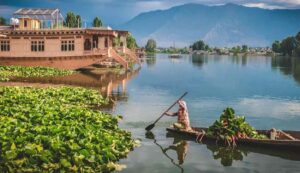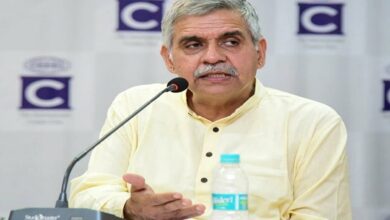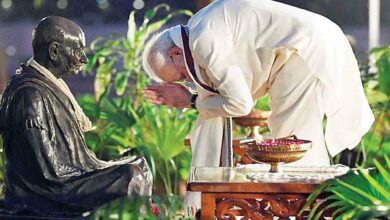J&K Accession Day 2024: October 26 is an important annual festival; know the history and significance
J&K Accession Day 2024: In the Union Territory of Jammu and Kashmir, Accession Day is a significant yearly occasion. It commemorates the October 26, 1947, pivotal moment in Indian history. On this day, people remember Maharaja Hari Singh, the last Dogra monarch of Jammu and Kashmir, signing the Instrument of Accession. As a result, Jammu and Kashmir became formally a part of India.

In the Union Territory, Accession Day has been a recognized public holiday since 2020.
In 2020, fireworks, the national hymn, and flag-hoisting rituals marked the first formal observance of Jammu and Kashmir’s Accession Day.
What Happened on October 26?
In the history of Jammu and Kashmir, October 26 is significant because it marks the day when Maharaja Hari Singh signed the Instrument of Accession. The merger of Jammu and Kashmir with India was formally formalized by this document. Lord Mountbatten, the Governor-General of India at the time, and Maharaja Hari Singh signed the Instrument of Accession.
Following the 1947 Partition of India and Pakistan, the former state of J&K joined amid a period of political unrest.
History of Accession Day
Nearly 580 princely kingdoms had the choice to join India or Pakistan or stay independent after India attained independence in 1947. Each princely state had to formally sign the Instrument of Accession in order to become a member of one of the new nations.
In an effort to preserve J&K’s independence, Maharaja Hari Singh first signed neutrality agreements with both India and Pakistan. But when Pakistani armed troops and Pathan tribesmen invaded, the Maharaja looked to India for support.
India agreed to provide aid, but only if Jammu and Kashmir became part of India.
The Instrument of Accession was signed by Maharaja Hari Singh on October 26, 1947, and Lord Mountbatten accepted the conditions the next day.
Jammu & Kashmir Facts on Accession Day
Here are some amazing facts about Jammu and Kashmir to honor the area’s rich history and culture:
The last monarch to control the area before its incorporation into India was Maharaja Hari Singh.
Jawaharlal Nehru, India’s first prime minister, was descended from Kashmiri Pandits and had Kashmiri heritage.
The word “Kashmiriyat” refers to the region’s distinctive cultural fusion, signifying religious concord and pride in the area’s scenic beauty.
Both Muslims and Hindus celebrate the “Jwalamukhi Mela,” an annual festival held at the Jawala Mukhi Temple in Pulwama.
The Kashmiri town of Pampore is known as “Saffron Town” because of its renowned saffron production.
With a length of more than 11 kilometers, the Pir Panjal Railway Tunnel—also known as the Qazigund Railway Tunnel—is the longest railway tunnel in India.
The four seasons—spring, summer, fall, and winter—all occur in Jammu and Kashmir.
Among the many languages spoken by the people of Jammu and Kashmir are Urdu, Dogri, Ladakhi, Pahadi, and Kashmiri.
The native Kashmiri stag, often known as the Hangul, is the state animal.
The traditional Pheran, which comprises of two layered robes that go down to the feet, is worn by both men and women in Jammu and Kashmir.
What Accession Day Means
For Jammu and Kashmir, Accession Day is very important since it marks the turning point at which the area became an essential part of India.
In addition to determining the future of his realm, Maharaja Hari Singh’s signature on the Instrument of Accession initiated a number of political events that still influence regional government.
With parades, cultural events, and public gatherings to highlight national unity and commemorate the historical connections between Jammu & Kashmir and the rest of India, the day has gained significance in recent years.
The event serves as a reminder of the region’s intricate political history and its crucial place in India’s broader political system.
Jammu & Kashmir acknowledges its special position in Indian history and the region’s ongoing relevance for India by commemorating Accession Day.





